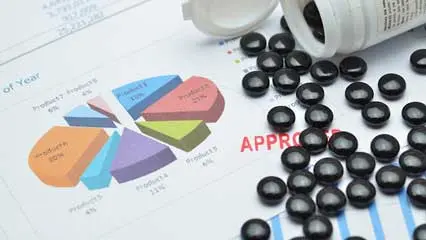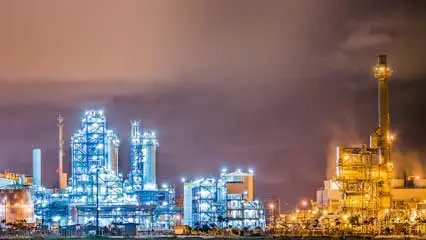Global Dopamine Agonist Market is projected to be worth 2.71 billion by 2034 and is anticipated to surge at a CAGR of 5.95%.
Dopamine agonists are a family of drugs that function similarly to dopamine, a neurotransmitter that is essential for motivation, reward, and movement. These medications stimulate the brain's dopamine receptors, which results in effects akin to those of natural dopamine. They are mostly used to treat ailments including restless legs syndrome, Parkinson's disease, and occasionally hormonal abnormalities like prolactinomas. In contrast to levodopa, which is transformed into dopamine inside the brain, dopamine agonists stimulate dopamine receptors directly, frequently leading to a longer duration of effect. They can be taken either by themselves in the early stages of the disease or in conjunction with other medications as it advances.
Drivers: The growing incidence of Parkinson's disease, particularly in the elderly population, is driving the market for dopamine agonists since it raises the need for efficient treatment alternatives. The market has grown as a result of early diagnosis and treatment made possible by advances in diagnostic technology and growing awareness of neurological illnesses. Further supporting market development is the growing use of dopamine agonists in the treatment of ailments such hyperprolactinemia and restless legs syndrome. Treatment adherence and results are being improved via pharmaceutical advancements and the creation of extended-release formulations. Furthermore, throughout the projection period, new development opportunities for market participants are anticipated to be created by continuing research and clinical studies targeted at finding novel dopamine receptor modulators.
Challenges: Numerous obstacles might impede the expansion of the dopamine agonist industry. The possibility of adverse effects that might impair patient compliance, such as nausea, vertigo, hallucinations, problems with impulse control, and sleep disruptions, is a significant worry. Significant obstacles are also presented by high treatment costs and restricted accessibility, particularly in areas with low and intermediate incomes. Furthermore, the use of dopamine agonists may be constrained by the availability of substitute therapies such as levodopa and deep brain stimulation. The introduction of innovative treatments may be delayed by regulatory obstacles and the drawn-out medication approval procedure. Pharmaceutical businesses' profitability and incentives for innovation have also been impacted by the rise in generic competition brought about by the patent expiry of important medications.
Market Trends: The growing demand for personalized neurological care and precision treatment is driving significant trends in the dopamine agonist market. The shift toward data-driven diagnostics and patient-specific therapies has encouraged the development of advanced drug formulations and delivery systems. Healthcare professionals are increasingly focused on improving treatment outcomes by integrating intelligent technologies such as wearable monitoring devices, real-time symptom tracking, and personalized medication regimens. There is a rising preference for innovative solutions that enhance treatment accuracy, adaptability, and patient adherence in neurological care. Additionally, sustainability is gaining traction, with pharmaceutical companies exploring eco-friendly production methods and responsible distribution practices to minimize environmental impact.
Global Dopamine Agonist Market Key Players:
Amneal Pharmaceuticals LLC, Boehringer Ingelheim Pharmaceuticals, Inc, GSK plc, H. Lundbeck A/S, Novartis AG, Pfizer Inc, Supernus Pharmaceuticals, Inc, Teva Pharmaceutical Industries Ltd, UCB Pharma, and VeroScience LLC are just a few of the major market players that are thoroughly examined in this market study along with revenue analysis, market segments, and competitive landscape data.
Global Dopamine Agonist Market Segmentation:
By Drug: Based on the Drug, Global Dopamine Agonist Market is segmented as; Ergot Alkoloids, Non-Ergot Dopamine Agonists.
By Application: Based on the Application, Global Dopamine Agonist Market is segmented as; Parkinson’s Diseases, Restless Legs Syndrome (RLS), Hyperprolactinemia, Others.
By Route of Administration: Based on the Route of Administration, Global Dopamine Agonist Market is segmented as; Oral, Injectable, Others.
By Distribution Channel: Based on the Distribution Channel, Global Dopamine Agonist Market is Segmented as: Hospital Pharmacies, Retail Pharmacies, Others.
By Region: This research also includes data for North America, Latin America, Asia-Pacific, Europe, Middle East & Africa.
This study also encompasses various drivers and restraining factors of this market for the forecast period. Various growth opportunities are also discussed in the report.





































